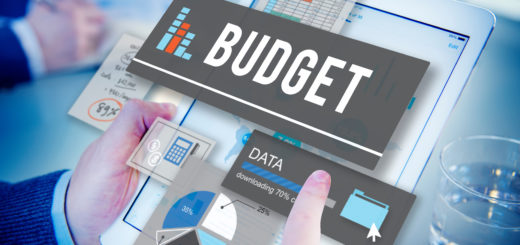The History of Credit Cards: A Work of Fiction?
From automatic doors to our everyday use of cell phones, some of the greatest inventions of history were first discovered in literary works. Motion sensing doors first appeared in H.G. Wells’ 1899, When the Sleeper Wakes. In Wells’ rendition, the doors folded upward instead of sliding sideways. Jules Verne’s 1865 novel, From the Earth to the Moon, launched man into space with a cannon-fired rocketship. In 1964, Issac Asimov imagined the advancement of the cell phone in his essay, “Visit to the World’s Fair of 2014”. The credit card also made its debut in literary history! First featured in Edward Bellamy’s 1887 novel, Looking Backward, the original concept of the credit card remains the same. Bellamy’s utopian novel depicts a time-traveling hero whisked into the future, Boston in the year 2000. Where he can now make purchases using a plastic card.

However, credit has a more evolved history prior to its hand-held plastic days. In the 1800s, farmers and ranchers were provided credit by merchants via credit coins and charge plates. In the 1920s, a select number of businesses had store cards like those we still use today. This allowed customers to purchase goods from hotel chains, oil companies, and other businesses using basically store loyalty. With this “I.O.U” form of payment, a collection system was necessary. Creditors required payment in full at the end of the month or a set date. This allowed anyone with a desire to spend the ability to tap into a seemingly “endless” revenue and consume the latest products. Some have criticized this new form of spending may be partially responsible for the Great Depression.
The Birth of the Modern Credit Card
At this point, the credit card did not have the purchasing power of the modern card. Although the credit card was expanding, the concept was still in its early stages and akin to store credit. The Diners Club card introduced in 1950 by Frank McNamara would be the first step to the multicharge credit card we know today. With membership to participating restaurants, Club cardholders could use their card in multiple locations and pay the bill at the end of the month, with a small fee added. A few short years later in 1958, Bank of America released the first revolving payment card. With a few hiccups of fraud, the idea caught on well enough to expand and VISA was born. Fast forward to 2014, when Apple Pay introduced online crediting, followed shortly by Android Pay in 2015, giving us the freedom from plastic cards entirely.
Even though today’s credit card requires contracts, agreements, and signatures–it shares its roots with its early day counterpart built on trust and understanding. The card is a simple representation of cash, even resources that do not exist. Created out of necessity and accessibility, the credit card is an evolving history of commercial interaction. Finding ways to access funds and purchase goods has been reimagined time and again. As we move forward, some predict the advancement to a paperless world. All transactions would be with a card, digital or even possibly biological. Through the sands of time, the credit card stands fast. Ever evolving with the human desire to purchase the next big thing.




